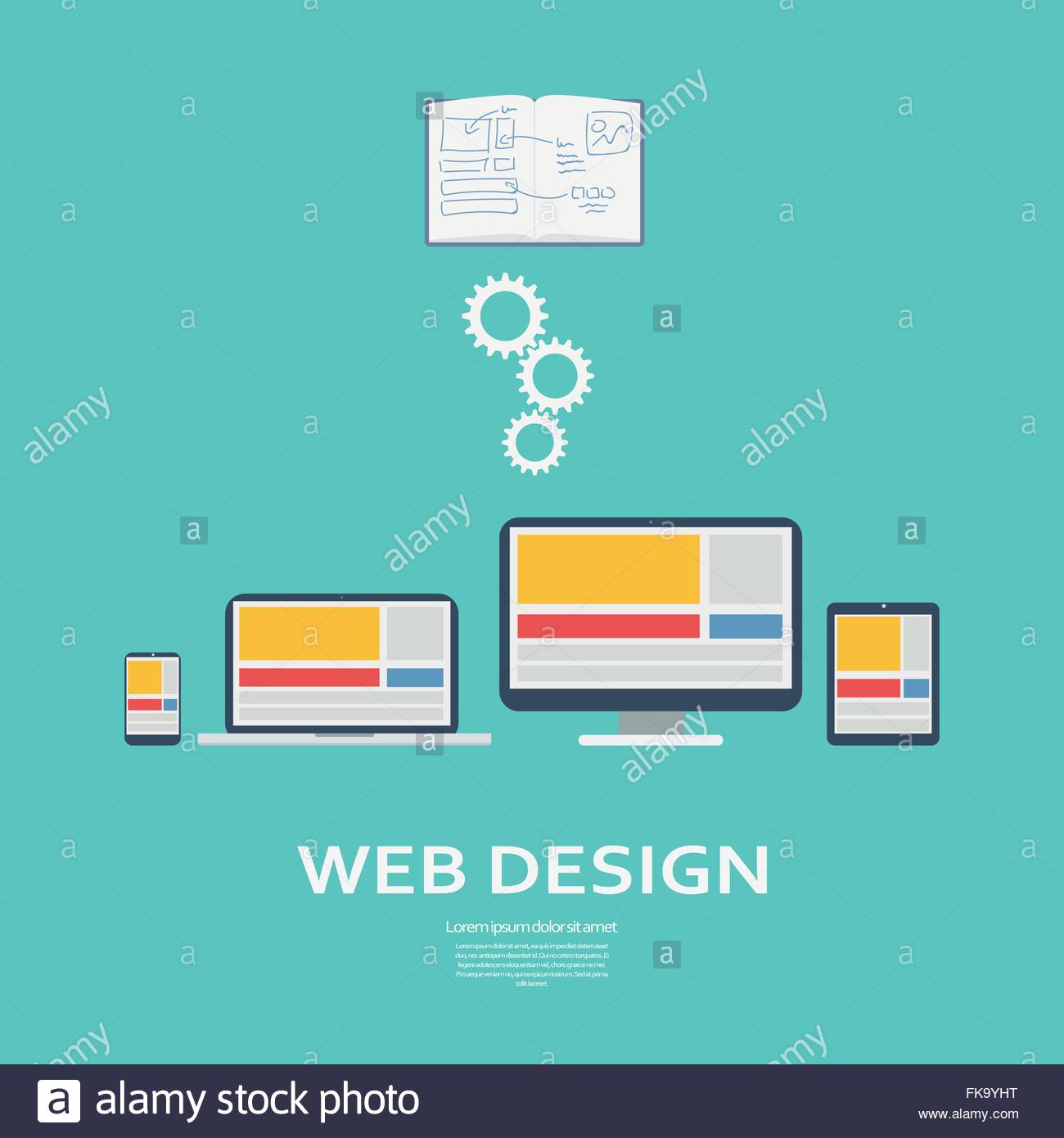Harnessing The Power Of Visual Pecking Order In Internet Site Layout
Harnessing The Power Of Visual Pecking Order In Internet Site Layout
Blog Article
Material Produce By-Astrup Dodd
Visualize a website where every aspect completes for your attention, leaving you feeling bewildered and unsure of where to focus.
Now image a site where each aspect is carefully prepared, leading your eyes effortlessly via the page, providing a smooth user experience.
The distinction depends on the power of visual hierarchy in web site design. By tactically arranging and focusing on components on a page, developers can create a clear and intuitive path for individuals to follow, eventually boosting involvement and driving conversions.
Yet just how precisely can you harness this power? Join us as we check out the principles and strategies behind reliable visual hierarchy, and discover how you can raise your web site layout to brand-new heights.
Comprehending Visual Power Structure in Web Design
To effectively share information and guide individuals via a website, it's vital to recognize the concept of aesthetic pecking order in website design.
Visual pecking order describes the setup and company of aspects on a page to highlight their value and produce a clear and user-friendly customer experience. By developing a clear aesthetic pecking order, you can guide individuals' focus to one of the most important information or activities on the web page, enhancing use and involvement.
This can be achieved with numerous style strategies, including the critical use of dimension, color, comparison, and placement of elements. For example, larger and bolder components typically attract more focus, while contrasting colors can create visual comparison and draw focus.
Principles for Reliable Aesthetic Power Structure
Understanding the concepts for effective visual power structure is crucial in developing an easy to use and appealing site layout. By adhering to these principles, you can make certain that your web site properly connects info to customers and overviews their attention to the most essential aspects.
One principle is to use dimension and range to develop a clear visual power structure. By making important aspects larger and a lot more prominent, you can accentuate them and overview customers through the web content.
Another concept is to make use of contrast effectively. By using contrasting colors, fonts, and shapes, you can create visual distinction and highlight crucial details.
Furthermore, the principle of distance suggests that relevant aspects must be grouped together to aesthetically attach them and make the web site much more arranged and simple to browse.
Implementing Visual Power Structure in Internet Site Design
To apply aesthetic power structure in internet site design, focus on essential elements by changing their dimension, color, and setting on the page.
By making key elements bigger and more noticeable, they'll naturally attract the customer's attention.
Usage contrasting shades to create aesthetic comparison and stress essential information. As an example, you can use a bold or vibrant shade for headings or call-to-action switches.
Additionally, take into consideration the setting of each element on the page. Place essential aspects at the top or in the center, as users tend to concentrate on these areas initially.
roofing web design , there you have it. Aesthetic power structure is like the conductor of a symphony, guiding your eyes via the site design with skill and style.
It's the secret sauce that makes a site pop and sizzle. Without it, your style is just a jumbled mess of arbitrary aspects.
Yet with visual pecking order, you can develop a masterpiece that gets hold of attention, interacts properly, and leaves an enduring perception.
So go forth, straight from the source , and harness the power of aesthetic power structure in your web site layout. Your target market will certainly thank you.
